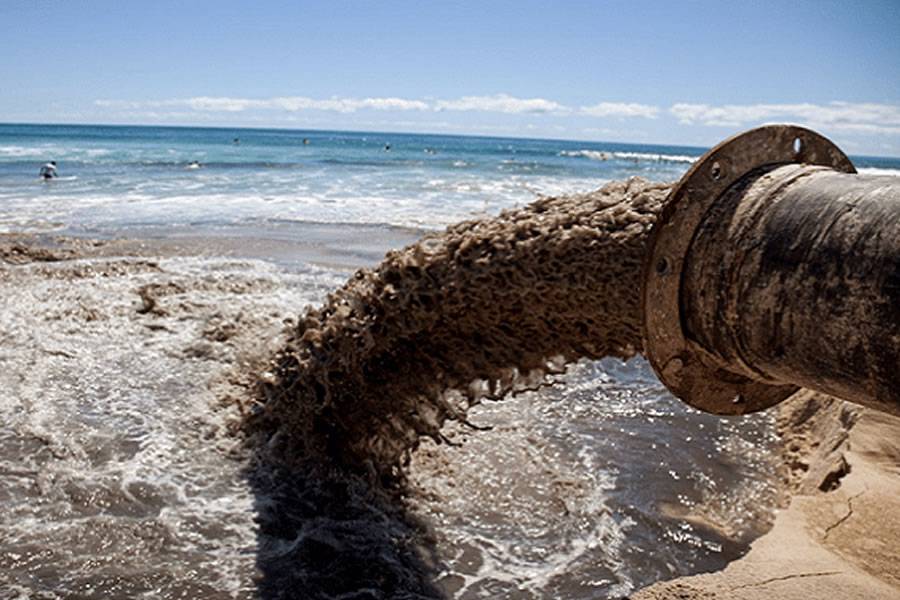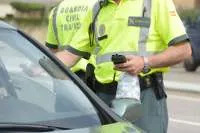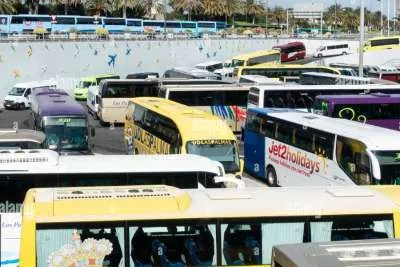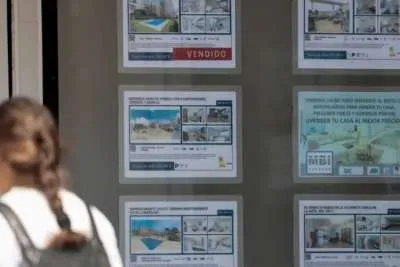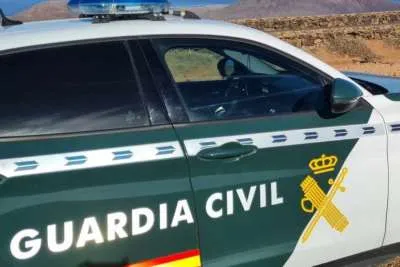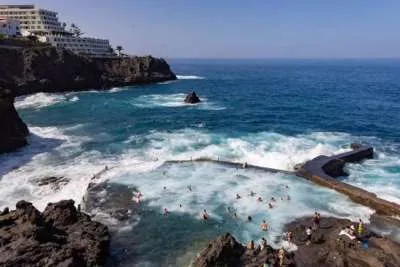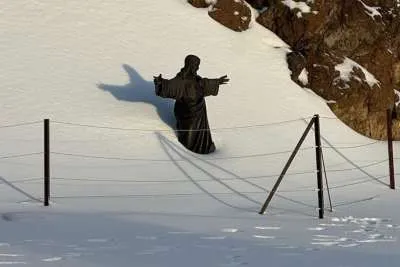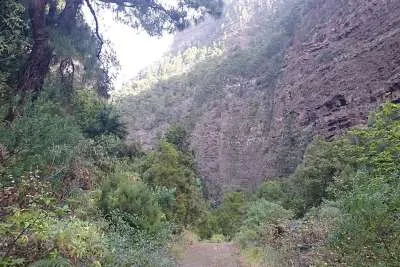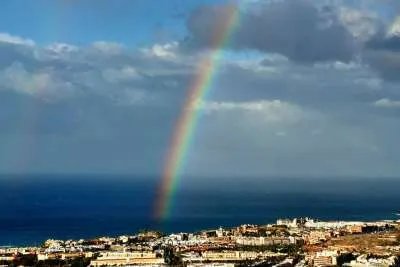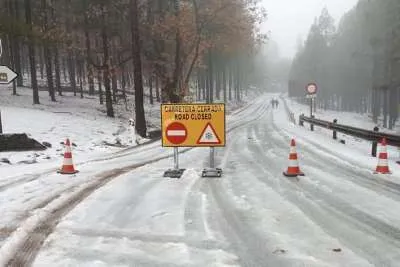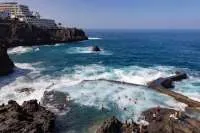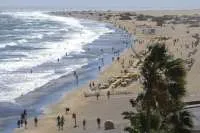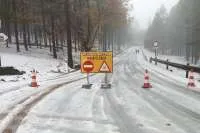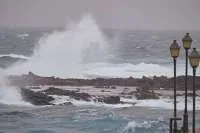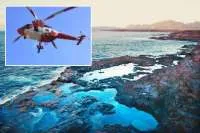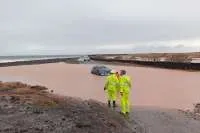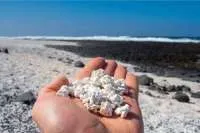The Canarian Government are using divers and drones to detect illegal discharges
- 18-10-2023
- National
- Canarian Weekly
- Photo Credit: La Provincia
The Director-General of Ecological Transition for the Canary Islands Government, Ángel Montañés, has announced that the government is prioritizing the fight against illegal underwater discharges, which has already translated into concrete actions.
He has confirmed that they are using divers and drones to identify new sources of wastewater discharge into the sea. Wastewater pollution is one of the key concerns alongside the longstanding issues of plastics and other types of marine litter that have been alarming fishermen, swimmers, and environmental organisations for several years.
According to Montañés, most of the hotspots have been identified, but divers are going to collect samples and compile a more comprehensive report on these underwater outlets, surpassing the one from 2021. Furthermore, drones will detect new, mostly unauthorized discharges, both from public networks and private buildings.
These measures have been put into practice in recent days in northern areas of Tenerife, however, it is a widespread issue across the entire archipelago, and a coordinated and exhaustive approach will be adopted.
Montañés has emphasized the importance of municipal involvement in this task, as the municipalities are the primary culprits of these discharges and will be dealt with directly. His warning has not gone unnoticed, and several municipal authorities have since been in touch with the Directorate General to learn about the financial support and personnel assistance that the government is providing for this urgent and crucial mission.
He also added that the government is more inclined toward legalizing or sealing off illegal outlets than imposing sanctions, although he acknowledges the deterrent effect of penalties. Nevertheless, during his tenure, he has witnessed the challenges and, at times, the lack of awareness among businesses, individuals, and even local authorities when it comes to legalizing and properly managing this type of wastewater.
These improper discharges are detrimental to environmental balance, increase health risks, and harm the tourist image of the Canary Islands, particularly in areas with visible signs of the problem, especially during rough seas when the waters are churned, and the residues surface.
The government has set a timeframe of approximately six months to compile a new report to update the 2021 report, which identified 434 outlets throughout the Canary Islands, of which only 123 were authorized.
Montañés is convinced that these numbers are still insufficient to reflect the true situation in the islands. In light of the risks of further penalties or complaints from the EU, the government has taken this issue as one of its primary challenges, alongside waste management.
According to the 2021 report, the majority of the 434 marine discharges are in Tenerife (45%), followed by Gran Canaria (29%). Among those lacking authorization, 210 had no pending sanctions. Of the total, 54% were from urban wastewater, 14% were saltwater, and 13% were brine.
The report reveals that Tenerife has the highest number of authorized discharges (67), which also translates into the highest percentage of permitted outlets (34%). Gran Canaria has 30, while El Hierro has none. Conversely, La Palma has the lowest authorized percentage, with only 18% of the total outlets in this analysis. Besides urban, saltwater, and brine discharges, others include freshwater (mostly pools), cooling water, industrial discharges, and rainwater, among others.

Other articles that may interest you...
Trending
Most Read Articles

Featured Videos
A Vision of Elvis Tenerife Promo
- 10-05-2025
TEAs 2025 Highlights
- 17-11-2025


